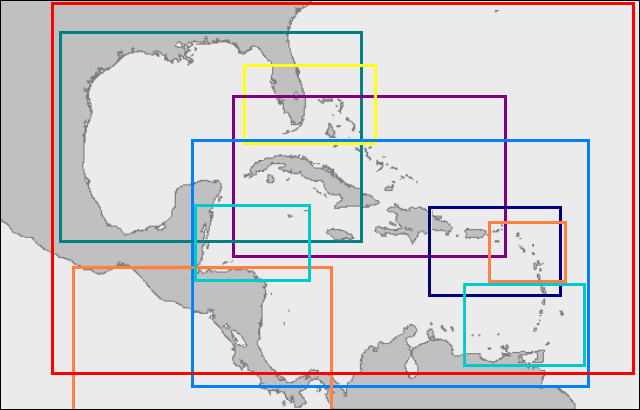The West Indies, a vibrant archipelago nestled in the Caribbean Sea, exhibits a tapestry of climates shaped by its geographical positioning, ocean currents, and topographical variations. What if, for a moment, we could journey through these islands and uncover the intricacies of their diverse weather systems? Are you ready to discover the island weather wonders that contribute to the distinctiveness of this tropical paradise?
Generally, the climate in the West Indies can be categorized primarily into two types: tropical maritime and tropical continental. Each island, with its unique geographical attributes, presents a unique microclimate that can significantly differ from its neighbors. As we delve into the climatic characteristics, it’s essential to acknowledge how these elements not only shape the daily life of island inhabitants but also affect the intricate ecosystems that flourish within this region.
The predominant climate type, tropical maritime, is characterized by warm temperatures and high humidity throughout the year. This climate is particularly dominant on the leeward islands, where trade winds—consistently blowing from the east—bring moisture-laden air to the area. The islands of Antigua and Barbuda, St. Kitts and Nevis fall under this climatic category. The sea influences their aesthetic beauty and daily climate, maintaining average temperatures ranging between 75°F and 85°F (24°C to 29°C). Moreover, this thermal consistency greatly benefits agriculture, allowing for the cultivation of sugar cane, bananas, and a myriad of tropical fruits.
In stark contrast, the northern islands, such as the Bahamas and parts of Cuba, often experience a tropical continental climate. This climate type allows for slightly cooler temperatures, especially in the winter months. The climatic variations here can be attributed to the landmass and northern winds that create pronounced seasonal shifts. Visitors during the winter months may be greeted by pleasantly mild temperatures, making it a prime time for tourism and outdoor activities. However, do these shifts in temperature serve as a reminder of wider environmental changes, such as climate fluctuations and the global crisis?
While many may revel in the allure of sunny beaches and tropical breezes, the realities of climate impacts loom large. The West Indies are not immune to the adverse effects of climate change, exhibiting a troubling trend of rising sea levels, increased hurricane intensity, and altered rainfall patterns. The phenomenon of El Niño and La Niña significantly affects the weather systems in this region, leading to erratic weather behaviors that threaten both lives and livelihoods. As these climatic patterns shift, can we expect the same bountiful harvests from the land? Or are we edging closer to ecological despair?
When considering precipitation, it’s pivotal to note that the West Indies experience a wet and dry season, with rainfall distributed unevenly across the islands. The wet season typically ranges from May to December, with July often experiencing substantial rainfall. This deluge nourishes the flora and fauna, encouraging wealth in biodiversity, but also poses risks like flooding and landslides. Furthermore, the scent of rain-soaked earth mingled with the salty sea air evokes a sense of renewal and exuberance, yet one must ponder: what is the threshold beyond which nature rebelled?
Furthermore, the geography of the islands presents another layer of complexity to their climates. Mountains and hills can create rain shadows, leading to wetter climates on one side while rendering the opposite side arid and semi-desert. For example, the island of Dominica is famously termed the “Nature Island” due to its abundant rainfall stimulating rich rainforest habitats. Contrarily, St. Barts, known for its dry environment, is a stark example of how topography can dictate climate realities. Does this diversity offer insights into resilience strategies that islands could adopt in the face of climate change?
As we explore the climatic dichotomy within the West Indies, it’s also worth noting how local cultures and traditions reflect their surroundings. The rhythms of life on the islands, from seasonal festivals to culinary practices, are often entwined with the climatic conditions. For instance, the vibrant heritage of fishing communities relying on marine cycles speaks to a deep, intrinsic knowledge passed down through generations. However, with changing weather patterns, how are these traditions adapting? Are they vulnerable, or can they thrive despite the adverse conditions?
In conclusion, the climate of the West Indies is a remarkable exploration of diversity, resilience, and challenge presented by nature. With a blend of tropical maritime and continental influences, the islands strike a delicate balance between beauty and vulnerability. As climate change continues to reshape our world, the West Indies stand as a testament to the intertwined fates of people and their environment. Are we prepared to take on the challenge of protecting these precious ecosystems, preserving their unique climates, and ensuring that future generations can marvel at the island weather wonders? The time for action is now.








